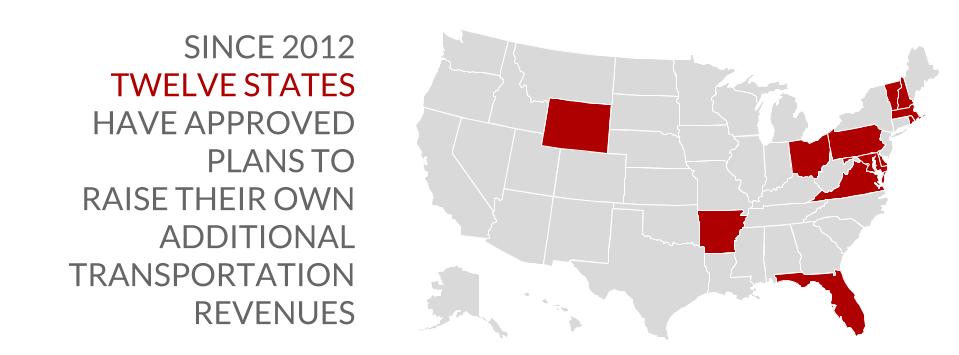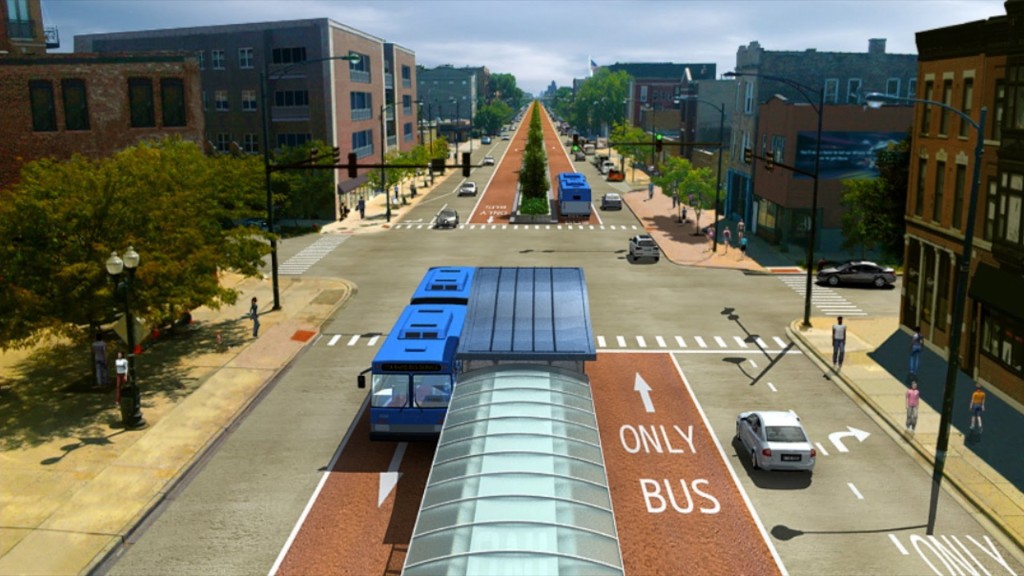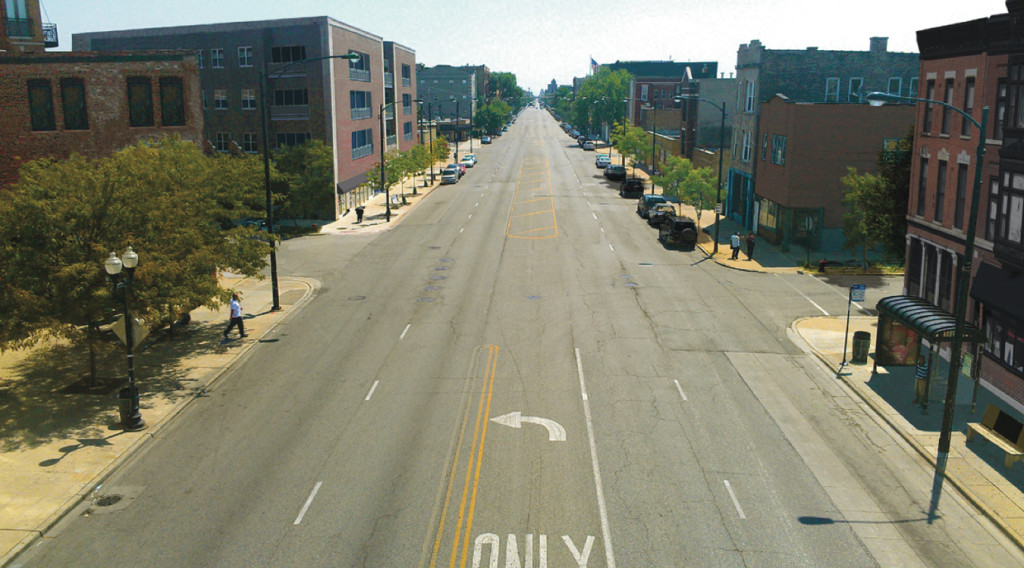It’s a state that boasts the first active subway line and a network of turnpikes that predated the Interstates, so it shouldn’t surprise you that Massachusetts has some of the oldest infrastructure in the country.
Though Massachusetts’ bridges are middle of the pack in deficiency nationally, they’re beyond middle age (an average of 56-plus years) and many of its busy subways, bus lines and commuter trains – and the roads, bridges and tunnels that carry them — are starting to fall apart after decades of heavy use. Saddled with debt from the Big Dig (among other things) and chronically underfunded after years of budget cuts, Massachusetts leaders and advocates are trying to reform their transportation agencies while raising new money to bring an aging system into the 21st century.
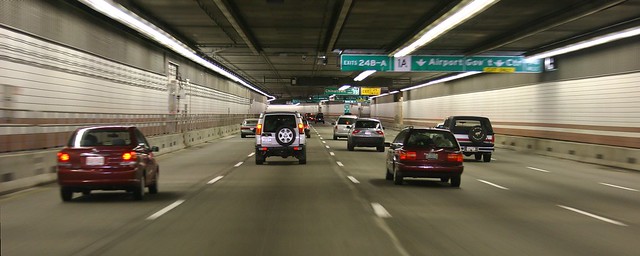
With MAP-21 out the door, attention has shifted from Washington to the states. In many cases, states are deciding that they need more money for transportation and are embarking on ambitious and often groundbreaking plans to raise additional revenues for transportation. This post is part of a longer series we’ll be doing in 2013 looking at how states are addressing the need for more transportation dollars, along with key policy changes. Visit the home for state plans here, where we’re tracking all of the news. – Ed.
These aging systems in Massachusetts combined with years of lacking the needed money for maintenance has left things in perilous shape and makes for unreliable service on the roads and rails— along with unsustainable levels of debt that force MassDOT to use their capital funds (intended for construction, expansion, new trains, etc.) just to keep the system operating day-to-day.
Here’s one crazy fact for you: 100% of MBTA (The “T”) fare revenues go to paying down debt, because Big Dig-related debt largely ended up on the MBTA books.
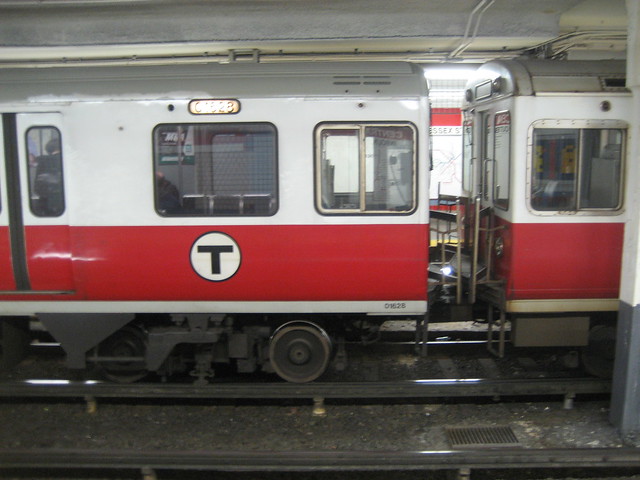
While a significant 2009 reform merged the Bay State’s myriad of transportation agencies into one MassDOT, the revenue question was left unanswered. Reform did indeed result in some savings, however the funding gap identified by numerous Blue Ribbon Commissions and nonpartisan think tanks has remained and indeed expanded in the past four years.
A big source of the problem is that thanks to generations of budget cuts, a painful recession at a terrible time and rising expenses (like healthcare), the state has been paying for everything with bonds and other non-sustainable sources (read: debt.) A couple of winters of failing commuter trains, unreliable bus lines and overcrowded subway cars has helped convinced the public that the system is falling apart.
The state recently tallied up — confirmed by other independent sources — that they need about an extra $1 billion a year to bring the system into a state of good repair, fully fund operations and address some critical “expansion” projects.
But enough about the past, what’s the plan going forward?
Paraphrasing our partners at the T4 Massachusetts coalition, how will Massachusetts raise enough money from sustainable sources to fully fund the systems’ operations and invest in its future, spent in a transparent manner that helps increase access to transportation choices across the whole state, supports the economy and reduces greenhouse gas emissions from the transportation sector?
Gov. Deval Patrick introduced a plan that addresses some of the issues through dedicated sales tax revenue with some very progressive elements. His plan would:
- Lower the sales tax rate from 6.25% to 4.5%, but deposit it all to an infrastructure fund for multiple things, including transportation. This alone will reduce revenues by $1.1 billion, but…
- Index the gas tax to inflation to bring in an additional $13 million in 2014, and up to $118 million more by 2021. (The state gas tax hasn’t been raised since 1991 and was never adjusted for inflation, so it’s actually at its lowest level since the introduction of the tax.)
- Increase vehicle fees by 10% every five years beginning in FY16
- Increase tolls by 5% every two years beginning in FY15
- Raise state income tax from 5.25% to 6.25% with changes to exemptions to raise $2.8 billion.
- Increase MBTA transit fares 5% every two years.
- Unlike some other states, the new money raised is expressly intended for multimodal projects. There’s no restriction on spending money on transit.
There’s a statewide pilot program for a vehicle-miles-traveled tax, a proposal to pay down Big Dig debt with other funds (freeing up transit money for, you know, transit), and the Transportation Investment Act, which would help guide how money gets spent in the state. This act, supported by a broad cross section of business, community and environmental groups and backed by the T4MA coalition, would send money to Regional Transit Agencies across the state, invest in low income communities, and enable DOT to comply with the states’ other obligations, like their “mode shift” plan to triple the share of travel in Massachusetts by bicycling, transit and walking. (Read Streestblog for more on that.)
The ball is currently in the Legislature’s court, but the clock is ticking.
A plan must be approved in time for the MBTA’s budget submission deadline around the corner in April or there will definitely be more fare hikes to keep the MBTA operating. The impact of that could be disastrous for lower-income commuters who depend on the “T”, a system that’s already experienced drastic fare hikes over the last 7-8 years.
